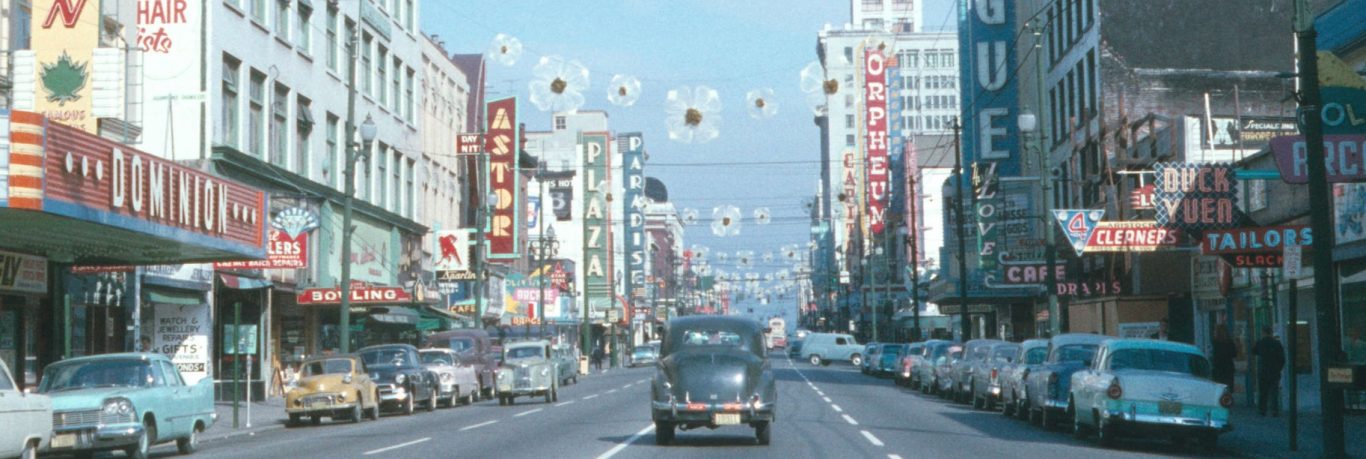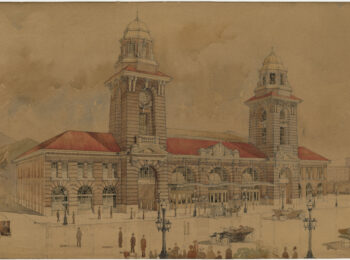The Archives is very happy to announce that over 150 audio and video files from the BC Gay and Lesbian Archives (BCGLA) are now available online. This could not have been possible without the funding received from the National Heritage Digitization Strategy (NHDS).
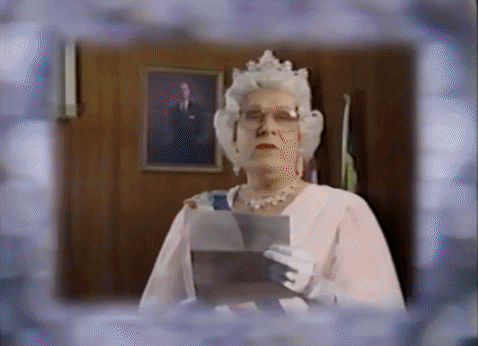
The BCGLA Audiovisual Recordings series consists of 43 audio tapes and 93 video tapes. The audio recordings include show tapes for drag performances at B.J.’s Club, various interviews for Angles, and Gay Games III coverage. The video recordings consist of drag events; fashion shows; made for television documentaries and specials; the Little Sister’s 2000 trial; and footage from various Pride Parades.

A large number of the video tapes contain footage of various drag events from the early 1990s until the late 2000s. These include Coronation Balls, fundraisers, out of town shows, campaign shows, pageants, and Greater Vancouver Native Cultural Society events. This is an incredible and unique collection of Vancouver drag history. The tapes feature amazing performances by individuals such as Wanda Fuca, Paige Turner, ted northe, Mama Karen, Imelda Mae Santos, Diana Rose, Ms. Adrian, Iris, Myria Le Noir, John Taylor, Willie Taylor, Sumi Sashay, Tara Nova, Crema, Joan-E, Byron Longclaws and many more.

DIGITIZATION AND QUALITY CONTROL
Unlike the posters and photographs that are digitized in-house, audiovisual materials are sent to be digitized by a trusted, experienced third-party vendor. The audio is digitized to and stored as uncompressed Broadcast Wave (.wav) files with a bit depth of 24 and a sample rate of 96 kHz. Videotapes are digitized to uncompressed 10-bit files and are transcoded to both an open-source preservation format and an access format. Many of the BCGLA video tapes were recorded using the LP (long play) VHS mode resulting in some 4-6 hour files. The digitized files nearly filled four 4TB drives. Once the files are backed up, they need to be checked to ensure the quality of the transfers, to establish that the content matches the title and that any additional descriptive information is documented to make searching easier once the files are online.
The Archives relies on open source software called QCTools developed by the Bay Area Video Coalition and MediaArea to check video materials. The software allows the archivist performing the quality checks to visually check the videos without having to watch every second in real time. With a collection such as the BCGLA that has over 180 hours of footage, this saves us time and ensures that the best digital copy can be preserved.
Below is a screenshot of the QCTools interface showing YDiff, UDiff and VDiff filters. Each frame from the video is shown at the bottom. The “Diff” filters subtract the Y, U and V values for two successive frames and display the result. A very large spike in the graph may indicate a problem with the video.
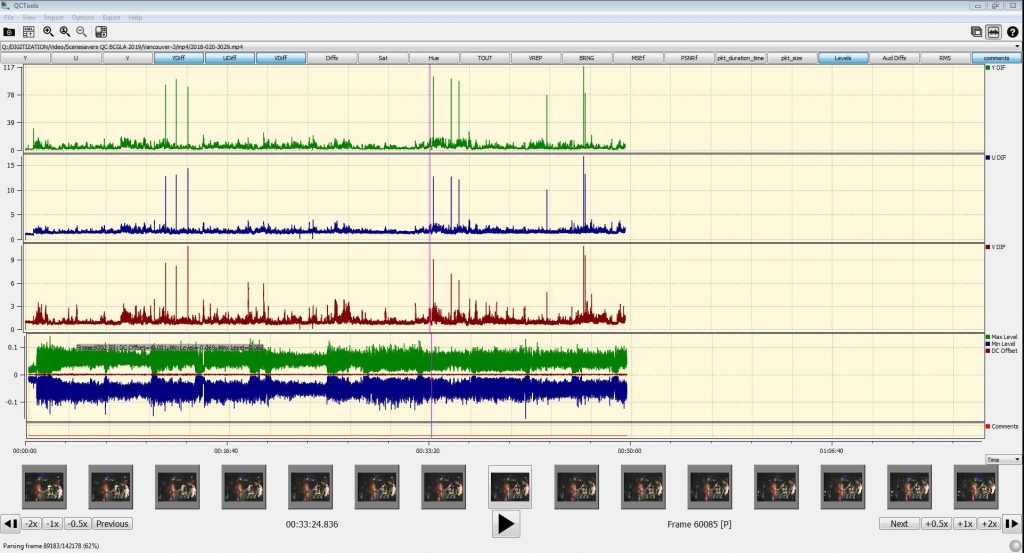
The archivist checking the files looks for artifacts (errors or anomalies in the video), and determines if these artifacts exist on the physical tape or were introduced through digitization. If you are interested in the types of artifacts we look for, you can check out this great resource called the AV Artifact Atlas.
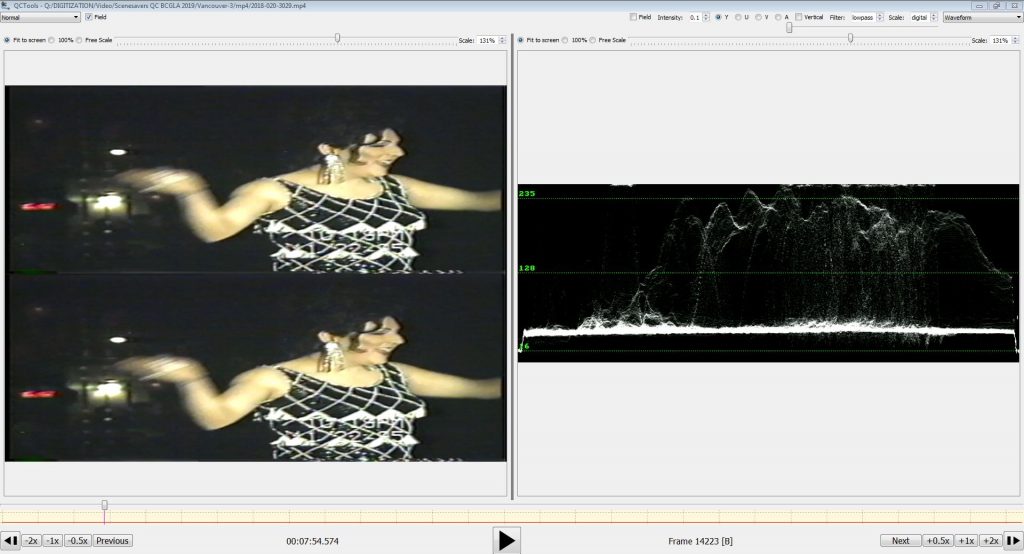
The QC Tools preview window allows for spot checking and manual analysis using a variety of filters. The archivist can inspect particular frames using the field view (shown above) to look for video head clogs and other artifacts. In addition to using QCTools, the archivist also watches 2 minutes at the beginning, middle and end of the recording to ensure that there are no glitches with the file or audio sync issues.
LARGE FILES REQUIRE MORE RESOURCES
We were testing the smaller, access version of the files in QCTools, but even those could be over 6GB for one file. Because some of these files were so large, we were having issues loading the files into QCTools. Playback in QCTools was uneven and the program would sometimes crash even before the file was fully loaded. We needed to provide more memory and processing power to the software.
The City’s Technology Services Department created a virtual machine (a software-based computer which we accessed through the City’s internal network) and we tested the performance of QCTools on 3 files with increasing resources. We also switched operating systems, from using the Windows version of QCTools to the Ubuntu Linux version. As the amount of memory and the number of processing cores increased, it became faster to load the files into the program. For example, one 3.8GB file took 164 minutes to load in the Windows environment and 87 minutes to load in a VM with similar resources. By the end of the test, it took about 30 minutes to load. When we had 8 processing cores and 16GB of memory, we stopped testing and completed the file checking. Playback became smoother and a large file would not crash the program. The work of checking these files went by much faster. Once all the files were checked, the virtual machine was repurposed for another use.
Once the files were checked, they were processed through our digital preservation system, Archivematica, which automatically uploads access versions to the descriptions in our online database.
A NOTE ON USE
Reproduction and use of most of the AV, as with the posters and photographs in the BCGLA collection, is allowed for fair dealing purposes. We have noted the copyright owner when possible. Further information may be available through the Canadian Intellectual Property Office.
For more information about the BCGLA see our previous blog posts regarding the donation and its subject files, periodicals, posters, and photographs.
This project was realized as part of the National Heritage Digitization Strategy of Canada thanks to the generous support of a private donor. / Ce projet a été réalizé dans le cadre de La Stratégie de numérisation du patrimoine documentaire du Canada grâce à un don généreaux d’un donateur privé.
